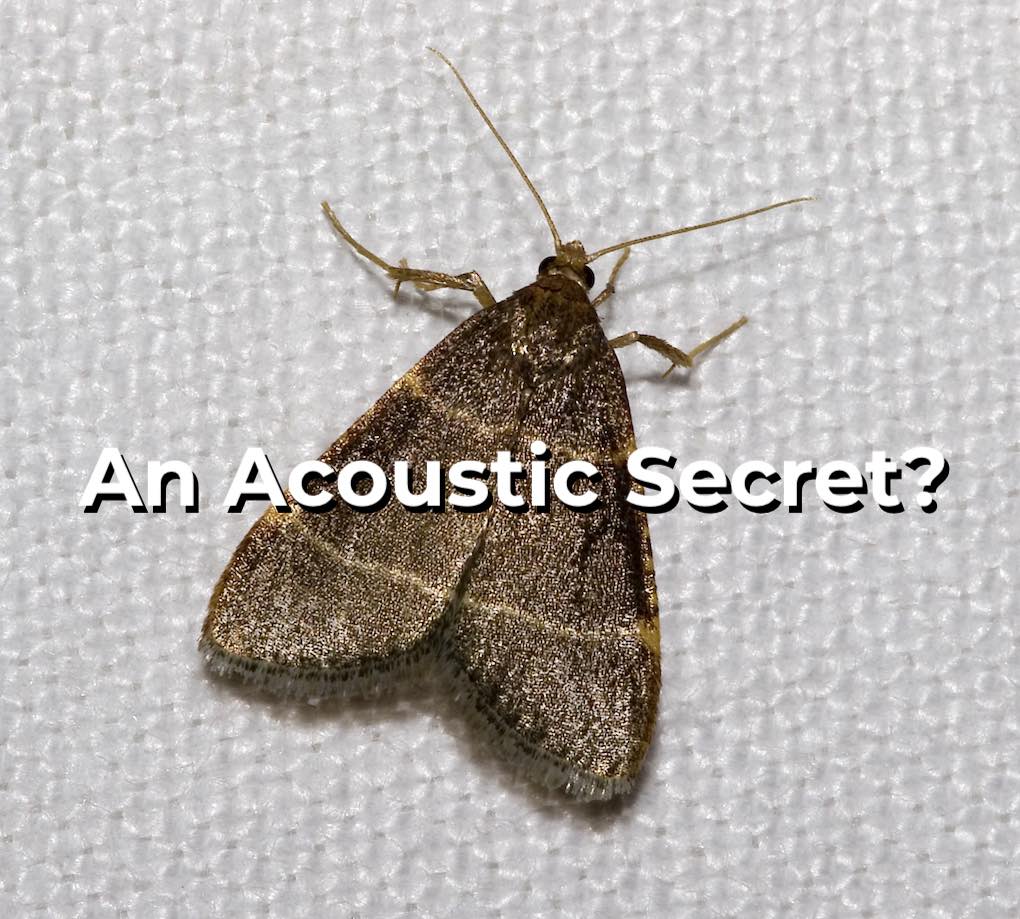- in Production by Bobby Owsinski
New Sound Absorbing Wallpaper Is Based On A Moth’s Wings
Sound absorption material used in recording studios is thick by necessity, but that cuts down on the available room space as a result. Because most studio space is at a premium, the race has been on for many years to come up with thinner, more efficient sound absorption materials, which for the most part have had more promise than product. While this next story may fall into the “promise” category, it’s still worth checking out. In a video posted on TikTok, Professor Marc Holderied of the University of Bristol announced that the school has developed a wallpaper based on a moth’s wings that’s far more acoustically efficient than the most common absorption materials used today.

After studying a moth’s wings, the researchers discovered that the they were covered in different size scales, and that each one was designed to absorb a different frequency. “When sound hits them,” Professor Holderied says, “they start to vibrate and that absorbs one frequency of sound; a frequency that this scale is tuned to. Now that is remarkable as it is, but this is also an acoustic metamaterial which means the performance of the whole wing is better than the contributing parts of all the constituting scales. And that makes them about 10 times as efficient at absorbing sound than any of our sound absorbers.”
“At the University of Bristol, we have now cracked how they do it, we have transferred it to the human audible range, and we are currently developing sonic wallpaper that makes our home and offices a healthier and quieter place.”
It’s A Dream
This could be a musician’s dream. Imagine improving the acoustics of your room by just applying some wallpaper rather than building or buying acoustic panels. It could be fast, easy and esthetically pleasing all at once, and renters wouldn’t have to worry about violating a renters agreement with severe alterations to the living space.
Just to be clear, acoustic control is different from acoustic isolation. Acoustic control just makes the room sound better, but any leakage from outside sounds (or inside sounds to the outside) still remain. Isolation is still an expensive proposition in that it usually requires extensive and expensive construction, which acoustic wallpaper wouldn’t fix.
Still, this is a potentially exciting development. As with most announcements like this, we’ll keep our fingers crossed, as it’s not real until it’s actually working in someone’s studio.

